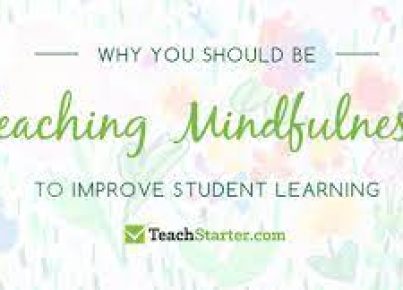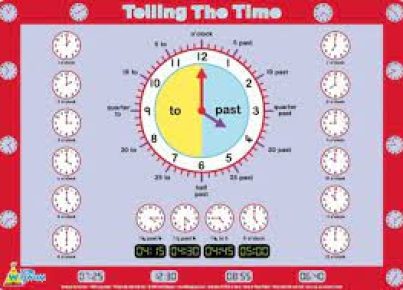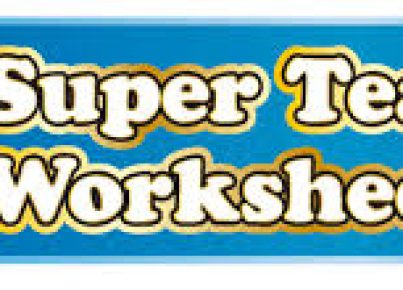Guided reading is an instructional practice commonly used in classrooms to support students in developing reading proficiency. It involves a teacher working with a small group of students who demonstrate similar reading behaviors and can read similar levels of texts. The guided reading session has different stages, including before, during, and after reading, each with specific strategies to boost comprehension and fluency.
Before Reading
To set up a guided reading session, teachers should begin by selecting an appropriate text that offers some challenge but is not too difficult for the group’s level. A brief introduction to the text to build background knowledge and discussing new vocabulary can engage students’ interest and aid their understanding.
During Reading
During reading, teachers support students as they read the text quietly or whisper read. This is a critical time for teachers to observe students’ decoding and comprehension skills while taking anecdotal notes. Depending on the students’ needs, the teacher may offer prompts or cues to guide students through tricky parts.
After Reading
After reading is complete, it can be helpful to discuss the text with the group. This discussion allows for checking comprehension and engaging students in critical thinking about what they have read. Additionally, teachers might focus on specific teaching points like strategies or skills that were practiced during the session.
Organizing Guided Reading Sessions
Organizational tips include having a schedule that moves all students through various groups during the week, preparing materials in advance, and developing a signal system for interruptions. Using clear book bags or tubs for each group’s materials ensures resources are readily available for each session.
One of the advantages of guided reading is the opportunity it provides for differentiated instruction. Teachers can tailor their coaching to individual needs within a group setting. They can observe patterns in each student’s strengths and challenges, which directly inform instruction.
Continuous assessment is crucial for monitoring progress and informing instructional decisions. Teachers can use running records or other observation tools during guided reading sessions to track individual student progress over time.
In summary, guided reading is an effective educational strategy when implemented with thoughtful planning and organization. It promotes individualized learning within a supportive group context, engages students with texts at their instructional level, and provides spaces for meaningful discussion about literature. By careful structuring of before, during, and after-reading activities along with consistent assessment and attention to organization, educators can foster an environment where every student’s love for reading has the potential to flourish.




